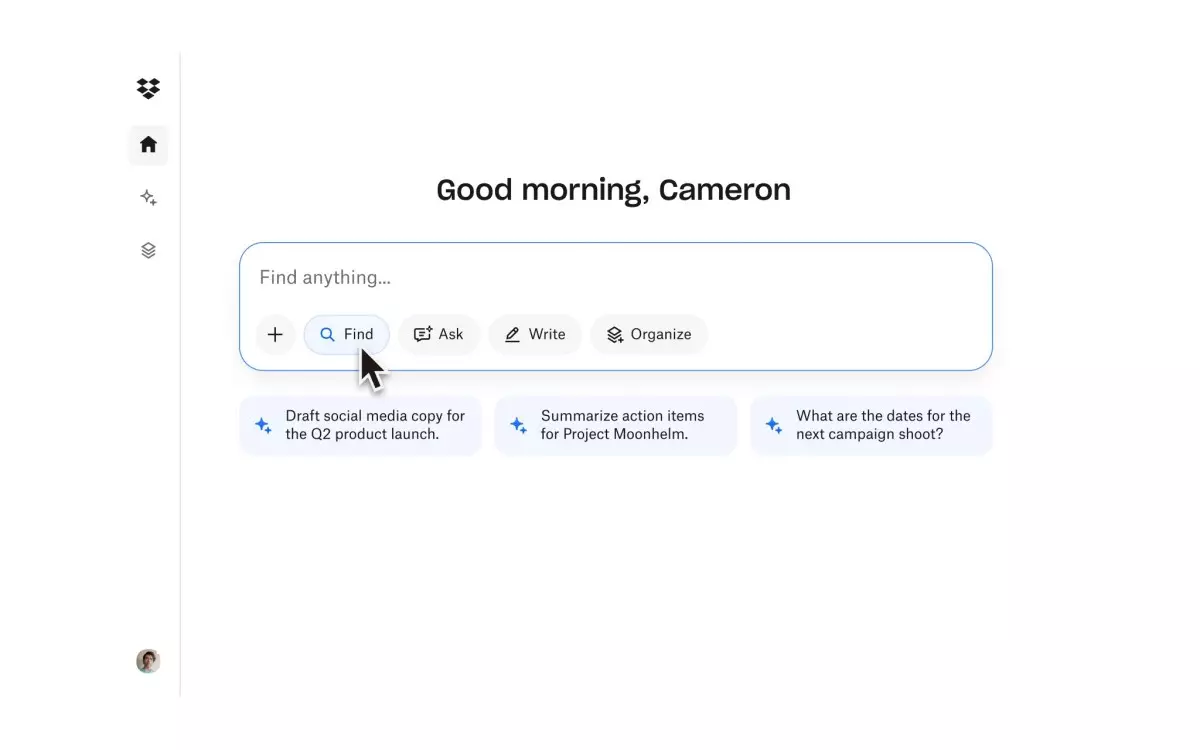The landscape of workplace productivity is undergoing a significant transformation, thanks to the infusion of artificial intelligence (AI) into digital tools. Industry leaders like Google and Microsoft have spearheaded this change, embedding sophisticated AI functionalities into their well-established productivity suites. Meanwhile, innovative startups such as ClickUp and ReadAI are setting new benchmarks by emphasizing advanced AI integrations. The common thread among these companies is the pursuit of a seamless user experience that enhances productivity through efficiency.
In this competitive arena, Dropbox has recently made waves with its upgraded AI search tool, Dash. Initially launched in 2023, Dash is evolving beyond traditional text searches to encompass audio, video, and images. This leap in capability signifies more than just an enhancement; it represents a paradigm shift in how users interact with their documents and collaborative spaces. By empowering users to search various content types, Dropbox creates a unified platform that caters to multifaceted information needs.
Advanced Features and User-Centric Design
Dropbox’s latest improvements to Dash highlight their commitment to meeting the diverse demands of both individual users and enterprise clients. The advent of people search functionality allows for a nuanced inquiry into collaborative efforts—users can pinpoint colleagues who contributed to specific projects or find experts in particular fields. This capability enhances connectivity and efficiency within teams, ultimately cultivating an environment ripe for innovation.
Notably, the upgrades to Dash for Business position Dropbox as a frontrunner in the enterprise sector. By providing IT administrators the option to filter out sensitive documents from search results, the company addresses a critical concern regarding data security. This level of control is not only prudent but essential in today’s regulatory landscape, where information privacy can make or break a business’s reputation.
Revolutionizing Document Creation
The introduction of new writing tools within Dash represents a significant leap forward in productivity solutions. By harnessing summaries from various data sources—including emails and meeting notes—Dropbox enables users to create comprehensive project plans, memos, or briefs without having to juggle multiple applications. This integration is a game changer, as it allows for a fluid workflow that minimizes time spent compiling information and maximizing time spent strategizing and executing tasks.
Furthermore, Dropbox’s emphasis on integrating with popular communication and creative platforms such as Slack, Zoom, Figma, and Canva highlights a growing understanding of the interconnectedness of modern work. By facilitating information access across different tools, they are addressing a prevalent pain point—the fragmentation of data silos that often hinders productivity in collaborative environments.
The Ongoing Challenge of Rapid Development
As AI technology continues to evolve at a lightning pace, productivity companies are faced with the pressing need to innovate quickly and effectively. Staying ahead of customer expectations means not only delivering cutting-edge features but also ensuring compatibility and integration with a variety of other platforms. The ability to sift through vast amounts of information and generate coherent content is no longer a luxury; it is a necessity that defines successful enterprises today.
These advancements are paving the way for a future where AI plays an integral role in enhancing workplace productivity. The key will be how effectively companies can adapt to this change, ensuring they embrace AI not just as a supplementary tool, but as a foundational element of their operational strategy. As more organizations recognize the potential of AI, a new standard for productivity tools is set to emerge—one that is smarter, faster, and more attuned to the needs of modern workers.

